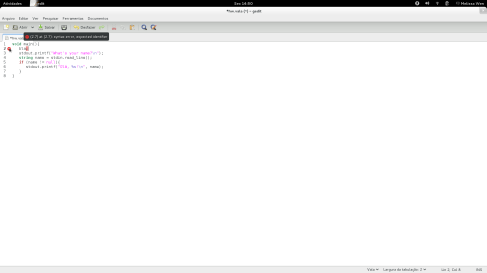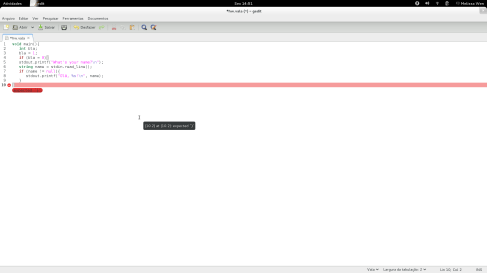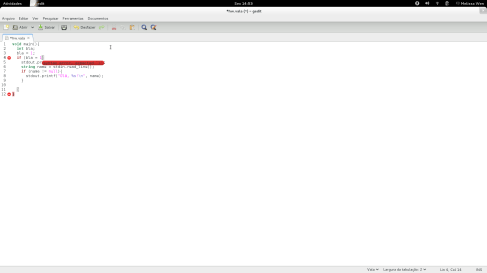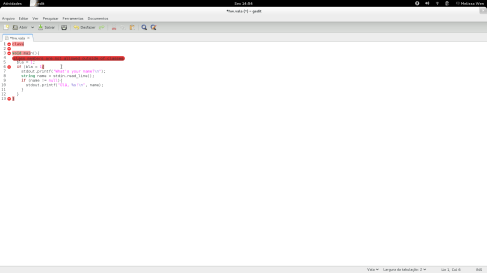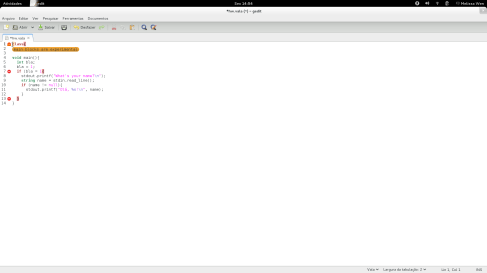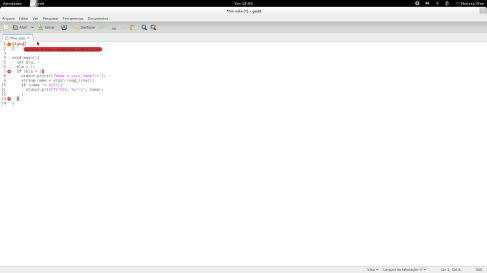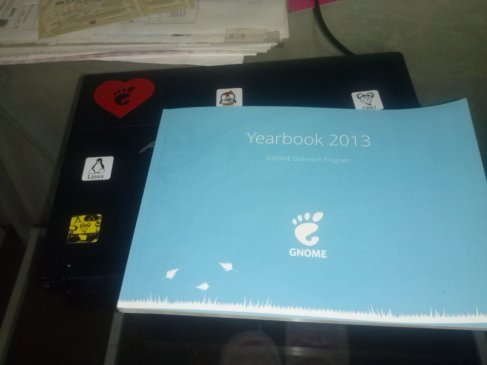My first internship week has passed and this short time was enough to make me feel that I have a lot of things to learn and to do as a junior software developer. Sometimes I feel too junior.
One week before to start my internship period I decided to prepare environment to development. As I will work in code assistance plugin, I thought the initial requirement is install and run code assistance. I tried hard by myself to install its dependencies and I had I lot of problems that was only solved when I upgrade my vm debian wheezy to sid (of course it would probably work once sid is unstable – i.e. in development – version)
But after executed installation scripts and code assistance was finally built, it didn’t appear on my gedit. /o\
So, my mentor pbor said: hey, Melissa, if you have some doubts or issues about everything, even simple things, ask, ask, ask…
And after my first question I discovered that every hard work that I had to build the environment was waste of time. I need to follow another way, a GNOME developer way. So, I restarted from scratch.
First step – Install JHBuild.
What is it?
For me, the closest comparison is RVM. If you are a RubyOnRails developer, you probably heard about it.
So, using RVM is possible to manage ruby versions without to compromise them. You can have different environments available in your machine and it won’t interfere a lot on your OS.
JHBuild works similarly but for GNOME. You can run a GNOME version (or GNOME modules) in a virtual environment.
See https://live.gnome.org/Jhbuild
And you can think “hey, this turns your life easy”, not yet!
Yes, I feel my development life easier now, but install JHBuild on my Debian Wheezy was not so easy!
If I could do a advice to Debian Wheezy users, it would be: don’t start right now! If you can, upgrade your Debian to Jessie. When I say “if you can” I’m including problems with a ‘used’ OS. You know when you upgrade a environment used a lot you can face strange problems with compatibility.
But if you have a Jessie you will face less issues related to dependencies of JHBuild and GNOME module set (because GNOME from JHBuild will not be totally separated of your OS).
I just used a Jessie repository on my sources.list and install -dev dependencies using #apt-get install <package>/jessie to get required version of a package. But I had to do some trick to make it works, and for this I was helped by pbor and nacho.

I’ll try to separate every packages necessary to run JHBuild and post here. I asked to myself if someday I would get JHBuild running on my Debian, if it would be possible 😛 and I can say, “yes, you can”
Now I have JHBuild and Gedit 3.9 working fine. And also Code Assistance Plugin, that after JHBuild, its installation occurred so soft. Like a glory! 😛
So what lessons I learned this last week:
1 – Don’t try to do everything alone. Ask more. But I consider that searching manners to solve issues is also a good way to learn. So, search and try, ask and try.
2 – Learn to be a good developer with good developers. If you a
re a freshman, ask help to veteran.
3 – Use JHBuild to don’t disturb your original system.
![]()
